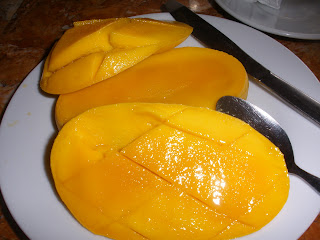
Kira
I am co-teaching at San Ramon Elementary School in Dinalupihan, Philippines. I have two teachers that I am working with and I respect and like both of them. My job is to enhance the English instruction in their classrooms and to teach lessons in English when appropriate. Before I tell you about my teaching, I need to tell you about the students that I teach and the model of instruction that they use here. Teachers use direct teaching with supplementary visual material. Books are almost non-existent in the classroom since the Department of Education requires the schools to send them home. It is optional whether the student brings the books back. A typical lesson involves the teacher putting all of the work that she wants her students to see on chart paper. The students copy information into their notebooks using the most amazing cursive handwriting that I have ever seem. Beautiful! To a child, their handwriting is better then most adults in the states. Each student supplies their own notebooks and pencils including the red ball pen that they use to correct their partner's work. In an ordinary backpack there are six or seven notebooks lined up and open to the next page. When work need to be copied, the students takes out the correct notebook and begins. I have been working on English pronunciation and higher level thinking skills. Rote, echo-like recitation is common and the response that requires thought is rare. The students recite poetry daily and have a repertoire of poems that they say daily. All in all, I look forward to my time here.
I would also like to introduce Kira. She has cerebral palsy and does not speak. She can walk with a halted step and she is now forced to use her feet to eat. Kira had physical therapy but the government cut back the program that sponsored her therapy, so it was discontinued. Kira is nine and she smiles and scoots around in her chair and loves to look at the pictures on my camera. Kira has never been to school. There is not a program available that would meet her needs so she stays home with her great aunt and grandmother. They both dote on her. I see her often and enjoy her immensely.















































